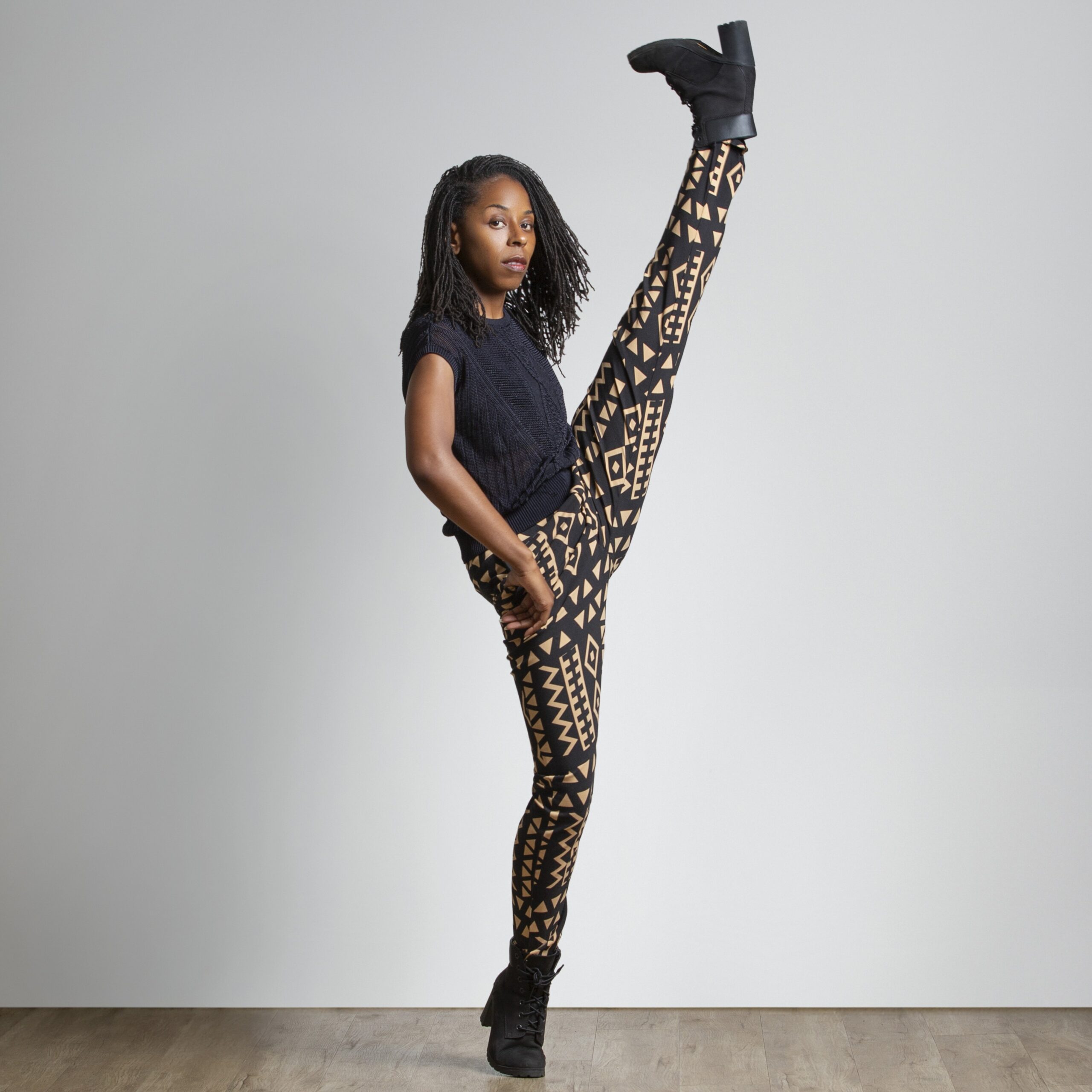Tiffany Rea-Fisher, Artistic Director of EMERGE125, on How She Grew to Embrace Modern Dance—and Herself as a Black Woman
I have always loved dance. Some of my earliest, fondest memories are of my mom pinning my hair, doing my makeup, and getting me dressed up in sparkly, fluffy recital costumes before I took the stage. I couldn’t get enough of classes, rehearsals, tech, and performing. I loved it all.
But the art that I loved didn’t dependably love me back. As I got older, it was impossible to ignore that my Blackness quietly dictated what others in positions of control—teachers, friends, parents of dancers—believed I was capable of. That prejudice became more and more central to my relationship with dance and threatened to eclipse the joy it brought to me.
Nonetheless, I persevered. I applied and was accepted to the SUNY Purchase Conservatory of Dance. I was almost immediately grounded with a serious knee injury that kept me from dancing for my first semester. It was an unexpected blessing: Because I could not dance, I spent hours in the dance library. I suddenly had the capacity to read and watch the history of modern dance unfold. As I was introduced to the art’s most important names, a determination gripped me. I emerged from my recovery with a clearer understanding of contemporary dance as a uniquely American art form, no less than jazz or rock and roll. The Americanness of modern dance inspired a surprising patriotism within me and a drive to add my own contributions to a legacy I had been previously told wasn’t mine to share.
The realization of modern dance as cultural birthright, not just pure entertainment, gave me permission to bring my full self to the art. My Blackness, my womanness, my muchness (even my too muchness!) all came out as an expression of freedom that has expanded my artistry. As I have transitioned to the front of the room, this epiphany has helped me empower my dancers to bring their cultures and full selves to bear inside the space. Twenty-five years of experience have changed what dancing feels like for me. Now, when I dance, I am whole. I feel expansive. I am joyful and I feel proud.
Dance is power personified. My hope is that the next generation of dancers can start where I’ve arrived: knowing that our art form gives us the tools we need to acknowledge we are important and we belong.




